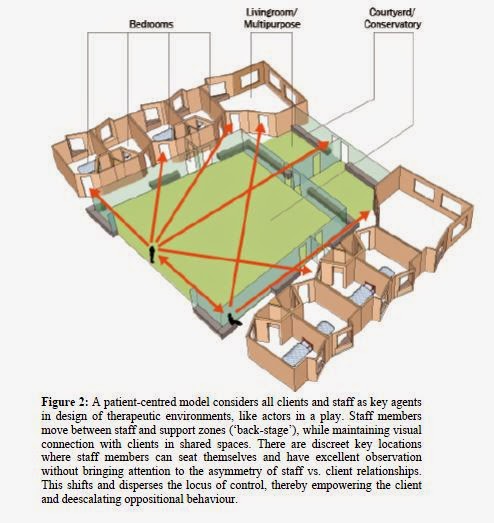What is the nature of human consciousness?
What do we know of the world?
If your foot itches, you scratch it. I'm aware that I'm scratching my foot. But just because I'm aware of the fact that I'm scratching my foot does not make it less itchy...Reflective consciousness does not stop the itch...
Knowing that it itches and being conscious of the fact that I am aware of this has absolutely no effect on the itch...
This apparently is something that no 'other' animal is capable of, that we are conscious of the fact we are scratching ourselves. A cat, on the other hand, will eliminate the uncomfortable situation of an itch with a quick flick or two of its paw.
Our reflective consciousness, the sign of our ontological dignity (ontology = the study of the nature of being, becoming, existence, or reality), apparently saves us from biological determinism.
However, since we
are animals, subject to the cold determinism of physical things, the instincts and reflexes that keep us alive, this surely is not relevant?
What do we know of the world?
Transcendental idealism suggests that we can only know what appears to our consciousness (ie. the thing that apparently rescues us from our animal self). What we know is only what we have perceived and are therefore conscious of. So actually, according to some philosophers (eg. Kant), it's the
idea that our consciousness forms of the world that we know, not necessarily the reality.
All this at 5.30am in the morning!
Phenomenology backgrounder
Phenomenology (from Greek: phainómenon "that which appears" and lógos "study") is the philosophical study of the structures of experience and consciousness, founded in the early 20th century by Edmund Husserl.
Based on Husserl's definition, phenomenology is mostly concerned with reflection on the structures of consciousness and the phenomena that appear in acts of consciousness. Experience. This ontology (study of reality) is different to Cartesian methods of analysis which see the world as objects and their interaction.
Phenomenology stems from the philosopher Immanuel Kant's (1724–1804) distinction between "phenomena" (objects as interpreted by human sensibility and understanding), and "noumena" (objects as things-in-themselves, which humans cannot directly experience).
Phenomenology & Architecture
My first introduction to phenomenology was in reading texts by Martin Heidegger. His conversations about dwelling were particularly interesting to me - the phenomenon of dwelling is an important concept in phenomenology. Heidgger, in his famous essay 'Building Dwelling Thinking, links dwelling to what he refers as (this is where it gets a bit more esoteric) the "gathering of the fourfold" - the regions of being as entailed by the phenomena of (1) the saving of earth (2) the reception of sky (heavens) (3) the initiation of mortals into their death (4) and the awaiting/remembering of divinities (waiting to die???).
The essence of dwelling is not architectural per se but is associated with the experience of the place.
The sensory aspects of architecture are crucially important in experience (rather than merely looking), and senses other than visual sometimes have a stronger like to our imagination and memory.
The environment is often defined as "place" when talking about phenomenology - it's more than just the location, it's the materiality, shape, texture, colour, smell etc plus the cultural and environmental conditions that all combine to create an atmosphere.
Phenomenology is all about subjectivity - the unique relationship between building and place (not just the architecture). A distinction between nature and man-made, inside and outside (or earth and sky), and the character of the place and how things exist as participants in their environment.
Phenomenology & the poetics of space
The Poetics of Space by Gaston Bachelard - such a lovely title but I was not enthralled with the content like those who recommended this book. I felt that, like some movies, all the good bits were in the shorts or the trailers that I'd read about in other books. A shame, as I really did like the title.
Bachelard applies the method of phenomenology to architecture to the lived experience of architecture by considering spatial types such as the attic, the cellar, drawers. The implied message behind the text is that architects should base their work on the experiences it will encourage and create within, rather than on abstract theories.
See also
my other entries on phenomenology and
Peter Zumthor















































